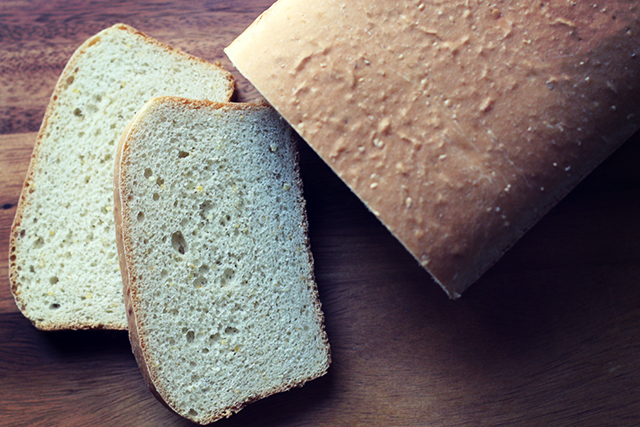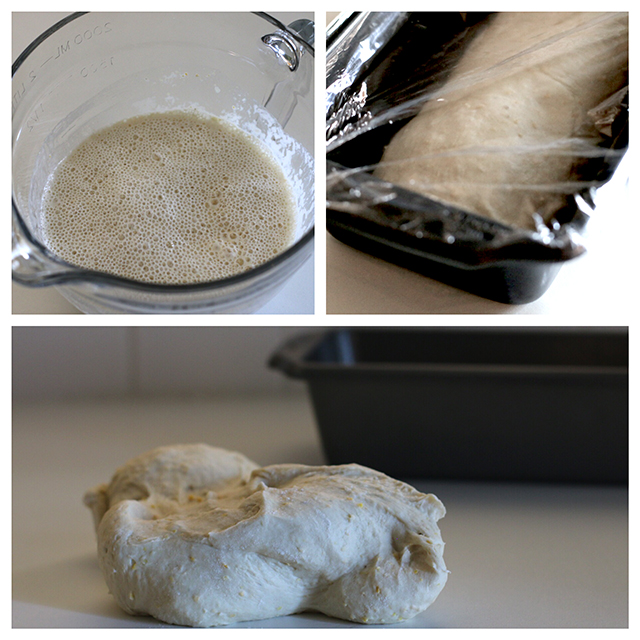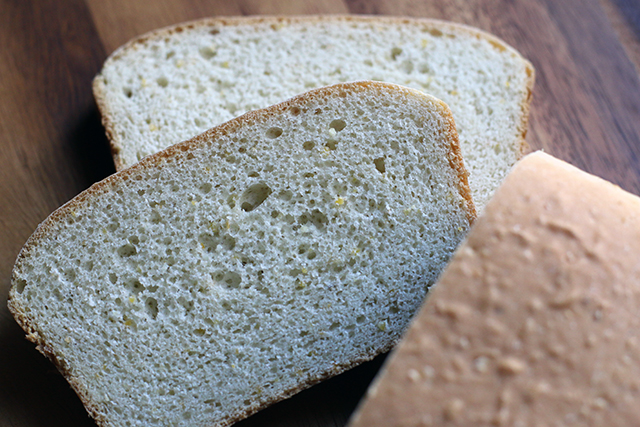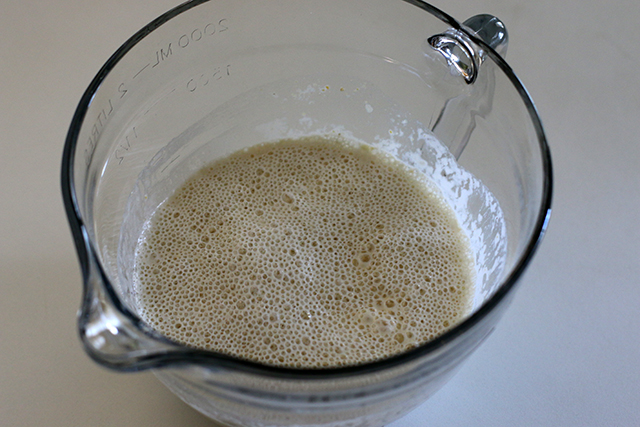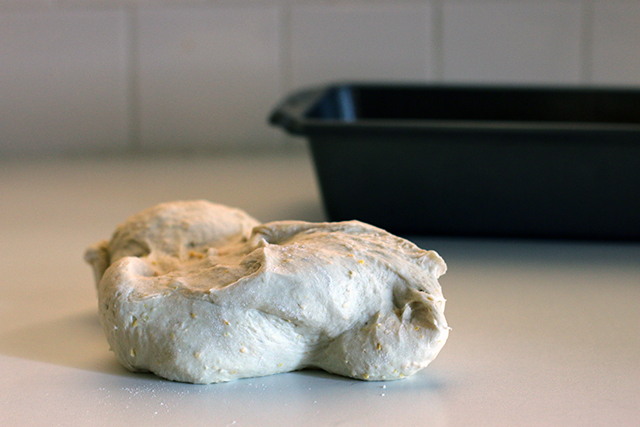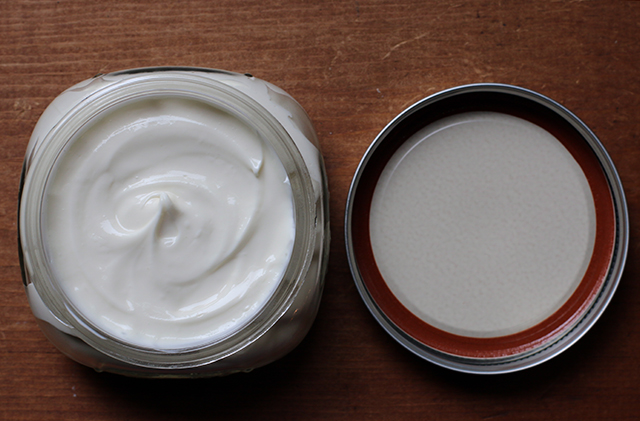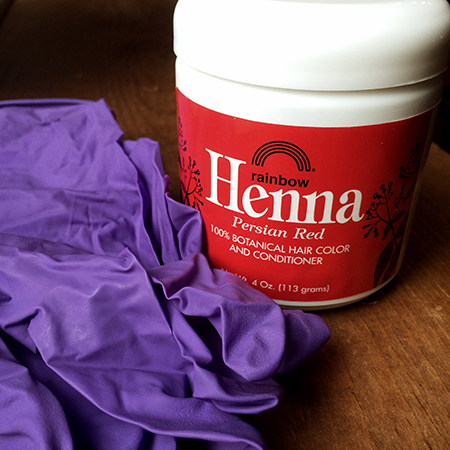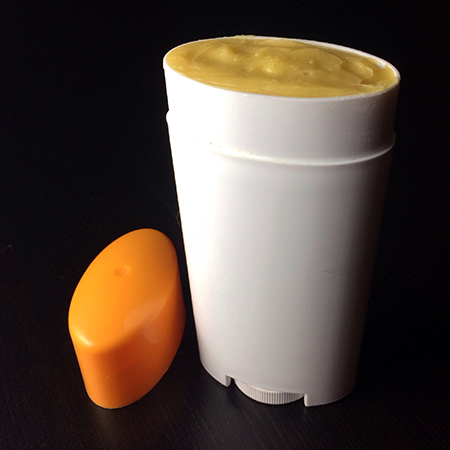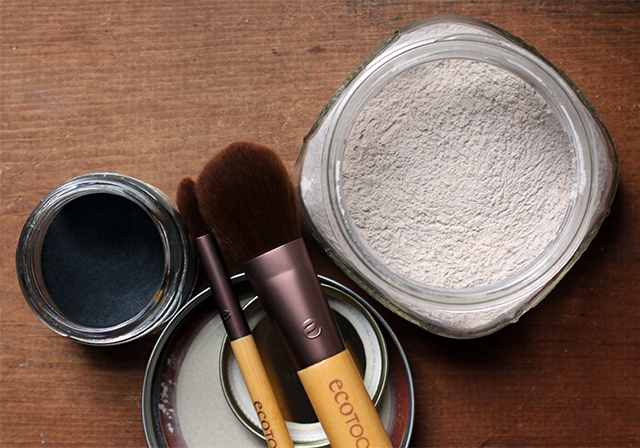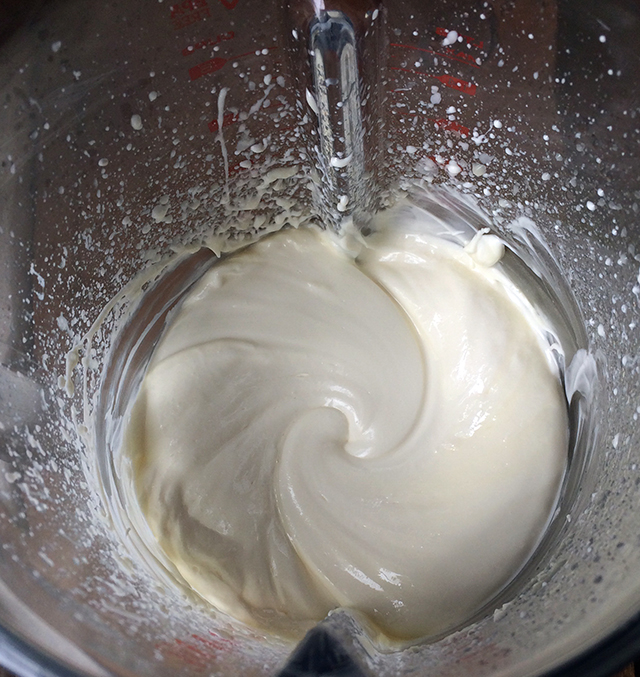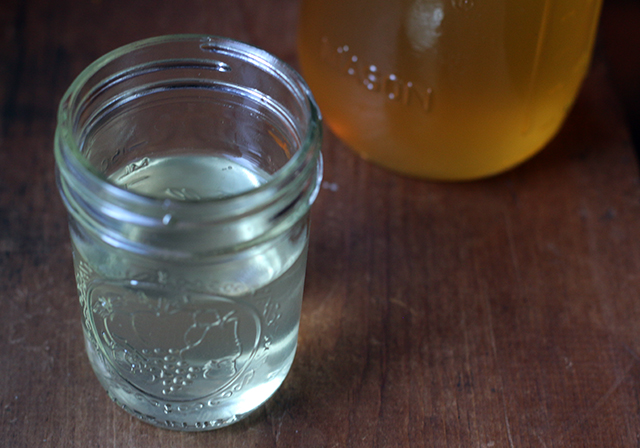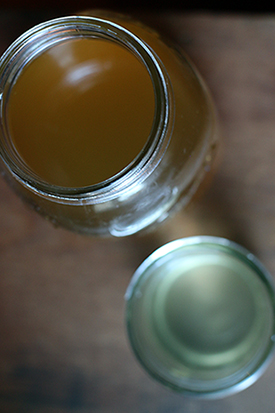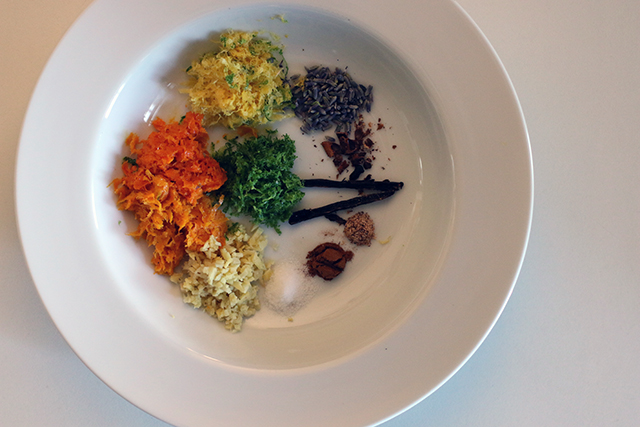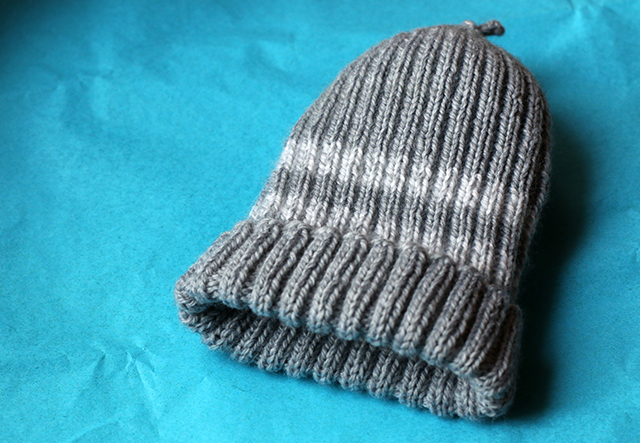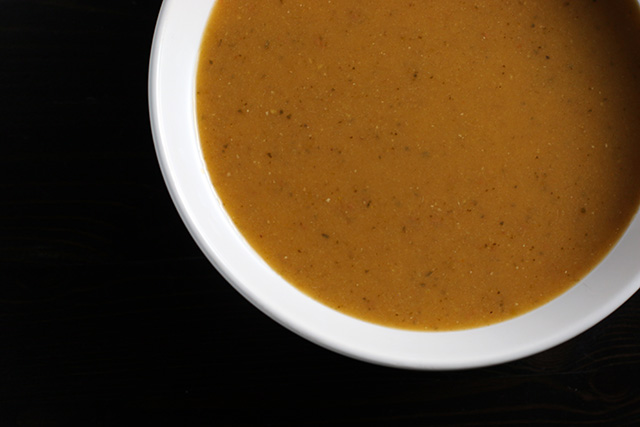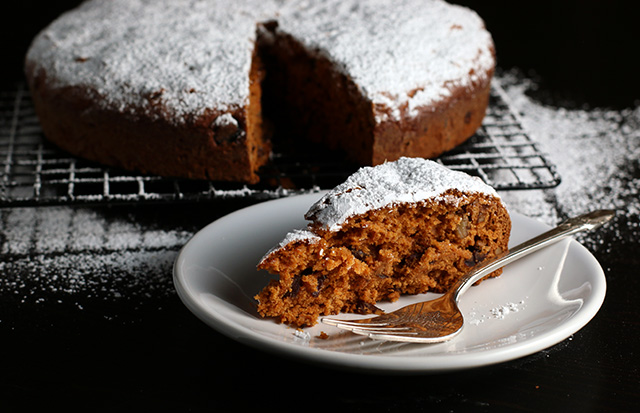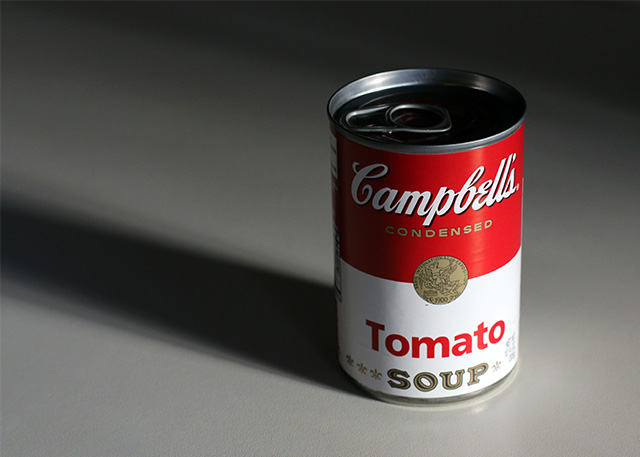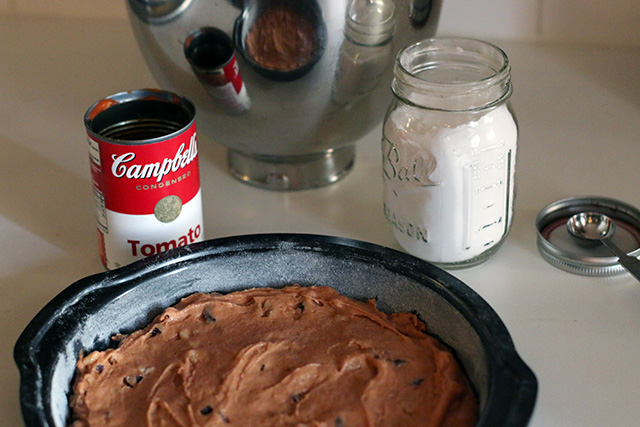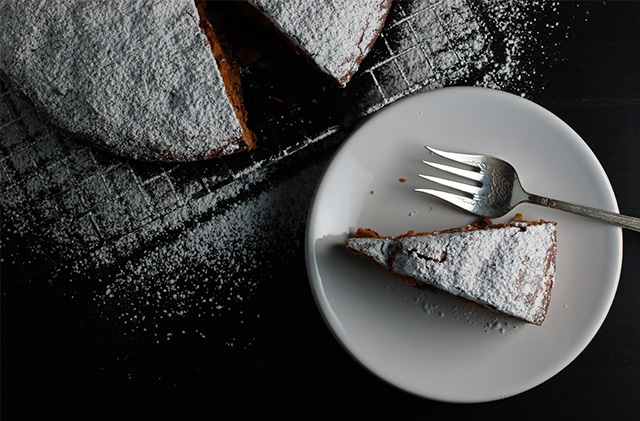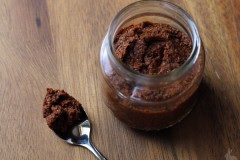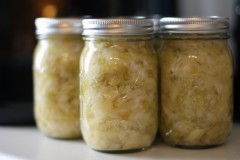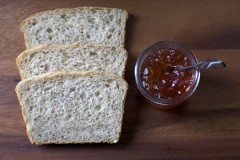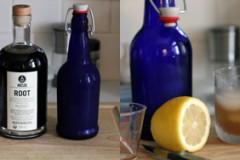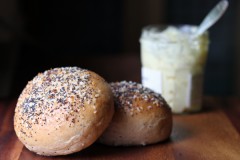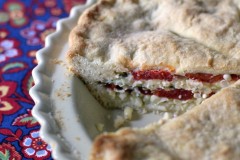A little more than a year ago, I attempted an old-world recipe from Della Lutes’s completely charming cook book-meets-memoir The Country Kitchen (Little, Brown, and Company, 1936). A few months ago I then passed that book on to a friend, and we got to talking about another interesting recipe referenced in the text for salt-rising bread.
Or actually, almost a recipe, as far as contemporary expectations go. While Lutes quotes the rough method, she comes up just short enough on detail that I was hesitant to try it out. But I had something she did not: the internet.
And of course, the crowd provides. After reading up on the unique smells and the finicky challenges of this bread, I took a minute to gauge my sanity and then plowed ahead. I mean, I do all kinds of weird projects here in Wonderland, so why not? To hedge my bets, I went with the very thorough King Arthur guidelines provided in this post, and I was not disappointed!
Interesting points and some things to keep in mind:
Even though it’s called salt-rising, there’s actually not that much salt in the recipe. But there is no added commercial yeast. More details for the curious on the history and the name can be found here and more discussion can be had here.
Some other recipes use potatoes instead of cornmeal, or some combination. Others caution to only use whole grain cornmeal, which I did. (You can buy this—just check your package—or make your own!)
Everything they say about the smells the various stages of this dough emit are true and yet it’s just kind of weird, not stomach convulsingly terrible—to my nose at least. I’m also accustomed to strange cheeses and various fermentation projects, however, so perhaps I’ve simply built up a tolerance.
Most challenging part: You will need a method to keep the dough warm enough—between 90°F and 100°F according to the recipe I followed (though others go as low as 80°F). My oven offers a proofing setting at around 95°F, so I was golden and the development of the dough seemed to proceed on schedule, but your results may vary depending on what you can rig up. You will at least know if things are amiss at each stage, so it won’t just be a big surprise at the very end.
While I started this recipe just before I went to bed one night and didn’t end up with a loaf of bread until the following evening, the actual skills needed and dishes used/mess made are quite minimal, so this recipe is mostly a question of patience to my mind.
And the results are really interesting. The produced loaf has a fairly dense, dry crumb that stores well and makes for excellent toast (really the only way to eat it, in my opinion). Toasting perfects the inherent cheesy, nutty flavors in the dough that people note and that seem to be the nostalgic pull for many.
Salt-Rising Bread
As seen on King Arthur Flour, but the recipe’s providence goes back quite a bit further. For some additional process pictures and hand holding, I definitely recommend a read through KAF’s related blog post as well–just don’t panic!
Stage One
1/4 cup milk
2 tablespoons cornmeal
1 teaspoon sugar
Stage Two
1 cup hot water (120°F to 130°F)
1/2 teaspoon salt
1/2 teaspoon baking soda
1/2 teaspoon sugar
1 1/2 cups AP flour
Complete the Dough
4 tablespoons butter, softened
1/2 teaspoon salt
2 1/4 AP flour
Stage One: Scald the milk and cool to lukewarm. In a glass container large enough to allow for expansion (I used an 8-cup glass measure for stages one and two), combine the milk, cornmeal, and sugar. Whisk to combine until no lumps remain.
Cover with plastic wrap and let rest in a warm place (between 90°F and 100°F) for 8 to 12 hours. At the end of this stage, you should see some bubbles/foam on the surface and notice a slight smell. If not, you will need to start over (or abandon this project–no shame).
Stage Two: Combine the hot water, salt, baking soda, sugar, and flour and then stir this mixture into Stage One until evenly incorporated. Cover the bowl again and return to your warm place for two to four hours, until the starter has doubled and is quite bubbly and pungent. (The measuring cup makes this even easier to gauge; mine took about 3 hours.) Here again, if you don’t get the results described, you will need to begin again. If action just seems slow, try a warmer spot for a couple hours more.
Complete the Dough: Transfer starter to a large bowl or stand mixer and add remaining ingredients. Knead until smooth.
Form dough into a log and place in a greased loaf pan (8 1/2″ x 4 1/2” is recommended, but I used my 9” x 5” without issue). Cover again and return to the warm place until it crowns over the edge of the pan. The edges will round but the surface of the loaf may be relatively flat. This is expected.
Near the end of the rising time, heat the oven to 350°F. Bake for 40 minutes, until nicely browned.
Cool for 5 minutes in the pan then turn out onto a wire rack and cool completely before slicing. Stores well in plastic for about a week.

